What can physiotherapy do for horse riders?
.

.
Performance Physiques is a physiotherapy clinic based in San Diego, California like no other!
They concentrate on ridding you of pain and improving quality of life and sporting performance, but they're also an equestrian specialist.
.
Britta (Founder) is a rider herself, with a background in Dressage and 3 day eventing. Britta offers her equestrian physiotherapy service from your home or barn, allowing both off and on horse biomechanics sessions to take place in the same location.
.

Image above: Britta & her previous Dressage horse Upendo (Ubby) on their way to winning the New Zealand Advanced Horse of the Year title
.
Hey Britta! Thank you so much for agreeing to talk to us!
Your field of expertise is fascinating and even more so because you are an equestrian yourself, tell us a little about your personal riding background, do you still own a horse whilst running the clinic?
.
Hi Danielle, thanks so much for the opportunity to connect with you and your readers!
.
I was bitten by the Equestrian bug at eight years of age and one hundred percent drawn to this field through my own riding passions and endeavors. Like most kids back in New Zealand, I grew up riding in the back paddock, often bareback, on a pony wearing just a halter, jumping over gorse bushes (extremely spiky plants that are used for hedging). Trust me when I say that after one fall into those bushes you quickly learn how to stay on. From there I knew horses ran in my veins and that they would be a part of what I do for the rest of my life. I went from Pony Club, where I started riding and would later teach, to FEI level eventing, then ended up honing my skills in the FEI dressage arena which has developed over the past twelve years. In the early days things were hectic between school, teaching riding and my personal competitions, but with the support of my family I was able to make it all work.
.
Whether it be the adrenaline of eventing or the precision of dressage, I have a passion for all aspects of the sport. While teaching I found my eye was always drawn to the mechanics of the rider. It became apparent over time how a subtle change in position or body function can have a positive or negative effect on the performance of your horse. This is where I began to combine my knowledge of physical therapy and passion for the equestrian sports and started my current business, Performance Physiques.
.
Unfortunately, with the time I put into my private practice I am not able to currently have a horse. I do still try to live vicariously through all of my clients though. I toy with the idea of another horse every day and will hopefully have the opportunity to find another dance partner in the future. My energy is at present focussed on building a state of the art, multidisciplinary, facility for athletes and weekend warriors alike, with an emphasis on the equestrian.
.

Image above: Britta working with USEF Dressage Development Rider Mckenzie Milburn with Kinesiotaping techniques for riders at the USEF squad training in Seattle
.
2.) Why do you think your work is important?
.
How long do you have??? One simple answer - The Rider is a VERY IMPORTANT part of the Athletic equation in Equestrian. Of course having a well trained horse is nice, but this will not determine you to be successful in the long term if you are unaware of how to use your body correctly and really ride.
You can't sit up top like a sack of potatoes and expect a winning result, it just doesn't work like that. Equestrian as a Sport is hard, it requires long hours of dedicated practice both on and off the horse. What you don't see in equestrian is the directional force loads that are translated through a Riders hips and spine from the horse - it can be gruelling! If we as riders have no ability to become shock absorbers through our body’s we would simply bounce against our horses back and our horses will in turn become ridgid against us in complaint. As riders, without adequate muscular strength and stability these forces are directed to our bony, ligamentous and musculature structure. This can cause unnecessary wear and tear along with adaptive protective and compensatory changes. By SMART training off our horses, we will become more stable, functional and aligned both in and out of the saddle.
.

Image above: Britta working with Dressage rider Sofie Frontiere and her horse Arik on Rider Biomechanics
.
3.) In terms of your work, was therapy for horse-riders an obvious path to take, was it always the plan?
.
I actually started down this path because I wanted to transfer across into Equine Physiotherapy/Physical Therapy. Australia was the only recognized Equine Masters PT Degree program at the time and to even qualify for entrance you had to have a Human PT degree first. I finished my 4 years of human PT School, was riding and competing at the FEI level in 3 Day eventing and on a NZ Team Squad with strong International competition ambition. I firsthand saw a huge need for specialists in the equestrian field whom had both ridden at an elite level and knew how to get the best out of the human body from a healthcare performance perspective. At that moment I knew my calling was to stay in the human realm!
.

Image above: Britta with USEF Dressage development squad rider Niki Clarke and her student Debbie Gromacki at a successful Rider Biomechanics clinic
.
4.) Have you ever worked alongside a touring competitive riding team? Is this ever something you would like to do?
.
I have/do lecture for High Performance Equestrian Squads but have always been too busy in the clinic setting to be based solely with 1 Team. I am currently an accredited PT with the USEF and work closely with a number of the USEF Dressage Development Squad Riders in Southern California. I have been asked to lecture to High Performance Equestrian Teams at a few different Universities across the USA which I am currently working into my schedule. Teaching has always been a love and I feel very fortunate to have the opportunity to help so many others. I for sure see this as a staying point in my career.
.
5.) What do you find are the most common issues that horse-riders have. Is there a pattern to equestrian's problems?
.
There are definitely a few more common patterns ... low backs are a biggie & it's one of my favorite structural elements to treat. Your body works in Slings, so it’s not uncommon to find someone with a Left Lower Leg dominance crossing over and also presenting with a Right Upper Limb dominance. But every rider is different and it is important to treat what you see!
.
I teach that it's also very important as a therapist to look outside the box of what is directly infront of you. What does the rider do when they are not on their horse/s? Sit at a workstation for 5-6hours?? Shovel stalls?? What happens outside of the saddle will paint you a story to unravel and then appropriately design a detailed outline specific for your riders.
.

Image above: Britta and Upendo schooling in CA
.
6.) Any imbalances us riders have with our bodies are obviously effecting our horses too, something many equestrians may not always think about. Do you ever have riders come to you that have been referred from their horses physiotherapist?
.
YES!!! And I love working as part of a team with their Equine Physio's too. I do a-lot of Ridden Biomechanics assessments and then structure performance plans for the Rider based on my findings. For my International Riders we work remotely via an online platform. We can do video analysis work and I then structure performance plans based off what I see. It’s very interesting to then have the equine PT back out a month down the track and work together on the benefits that adapting the rider has had on the horses!
.
7.) As equestrians, we can improve our riding by improving our own fitness levels. Do you have any advise you'd like to share to our readers about where to start if they want to improve their fitness for riding? Should they mainly focus on core and legs, is there any certain exercise classes that you feel benefit riders the most?
.
There is only one answer for this - ABSOLUTELY!!!
The first step can be a little daunting and is often the hardest part, have a plan, start with small steps and before you know it you will be away! If you are unable to get a Muscle Balance Biomechanics assessment done by a professional, you can't go wrong starting with postural stability work - Core, Mid Back & Glutes are your 3 Key players in this chain. Yoga and Pilates are great class options for riders as we tend to spend so much time in a sustained position far from neutral, which can make us pretty tight! I love adding in weight training, but it needs to be the right type for what you need as a rider.
Bicep curls at the gym will not be your go to.
.

Image above: Britta working on functional core stability in the Performance Pyshiques Studio in Del Mar
.
8.) As any sport does, riding can tighten our muscles. Do you think we should be warming up in any way or stretching before and after riding? Or are we doing this when we warm up/cool down our horse anyway?
.
I'm answering yes to all your questions ;)
This is a really important factor and I'm pleased you asked about it. Yes all of my Equestrian Athletes have a series of stretches and muscle firing warm up exercises that they do before they get into the saddle. It doesn't need to take you a long time ... 4-5 minutes is ample! Think about this ... If you have weak pelvic stability (lets just say for example sake that your glutes and lower core are not firing properly) and you get on and start riding before firing up the neuromuscular synapses, how will you ever be able to get them firing from the saddle if you didn't have them fired from the ground? You are now in a loaded compensatory position and they sure as anything will be harder to activate from the saddle if you didn't activate them first! Practice does not make Perfect. Perfect Practice makes Perfect (If there is such a thing as perfect ;) - but you know what I'm getting at!)
.

Image above: P2 Rider performance band strength & conditioning kit
.
9.) Tell us about the products you offer. The bands look very interesting! How are they used and what benefits would they give us as riders, and of course how can we get hold of them?!
.
I have used Resistance Bands off the horse in my own performance training for over a decade. Following working with an incredible Dressage coach, Leonie Bramall, in Germany over a winter season training, I realized that there was a market for specifically designed bands for Riders from a Physiotherapy & Biomechanics viewpoint. I knew that I could help so many other Riders with my knowledge base and that’s what drove me to design my own line of Rider Performance Training Bands (P2 Bands). I adapted what I learned with Leonie, moulded with my own extensive PT and Biomechanics background, added trial and error on myself, tested on my riders and teammates and have custom designed an entire Strength & Conditioning system for Riders both on and off the horse!
.

Image above: Britta and her advanced event horse Othello competing in New Zealand
.
10.) What are your plans for the future? Are you planning to open more clinics/ offer training programs/ more products/ tour?
.
I have built a great little Clinic over the past 2 years in San Diego which I am currently looking to expand into bigger space. I envisage that we will be a One-Stop-Shop for all your PT & Performance Training needs. Basically the Mechanics Shop for your body!
.
I am also interviewing for experienced and passionate staff to bring on under my Manual Therapy System whom will be personally trained under my umbrella. This will mean that I will have more time to travel giving clinics, whilst having an exceptional Team back in the Clinic setting. More products - Haha My brain is always in overdrive and I have a bunch more exciting products up there ... watch this space!
.
11.) Any other advice you'd like to offer our readers?
.
Working together as part of a Team is the best thing possible for you in your career as an Equestrian Athlete and a Coach!
Get your Equestrian Coach, PT, Performance Trainer, Chiropractor, Doctor all onboard together!
Alone we can be great, but together now thats setting you up for SUCCESS!!!
I see too many professionals trying to work isolated.
We need to realise that no-one is trying to "Steal" clients from each other.
As professionals we should always be putting the clients interests first and work together toward greatness for their goals - that’s humanity working at its very best and what we should ultimately be striving towards!
.
LINKS:
.
P2 Bands Website: www.p2performancebands.com
Physical Therapy Website: www.performancephysiques.com
FaceBook Page: www.facebook.com/
Instagram Page: www.instagram.com/performance.
.


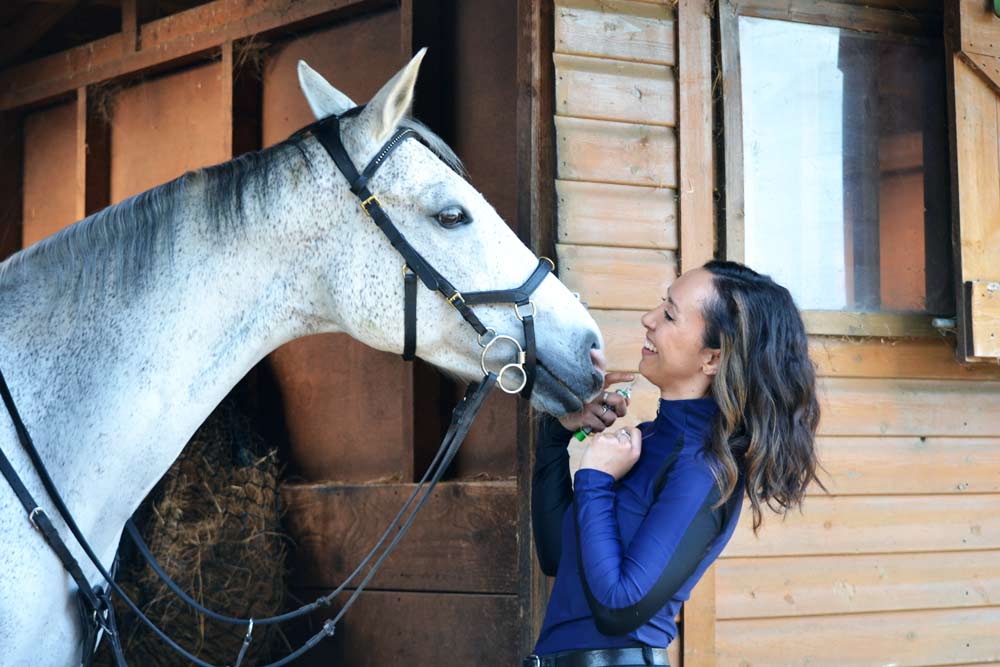
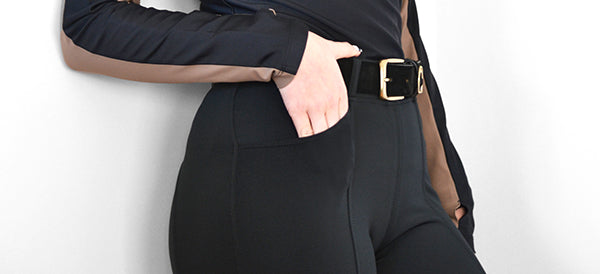
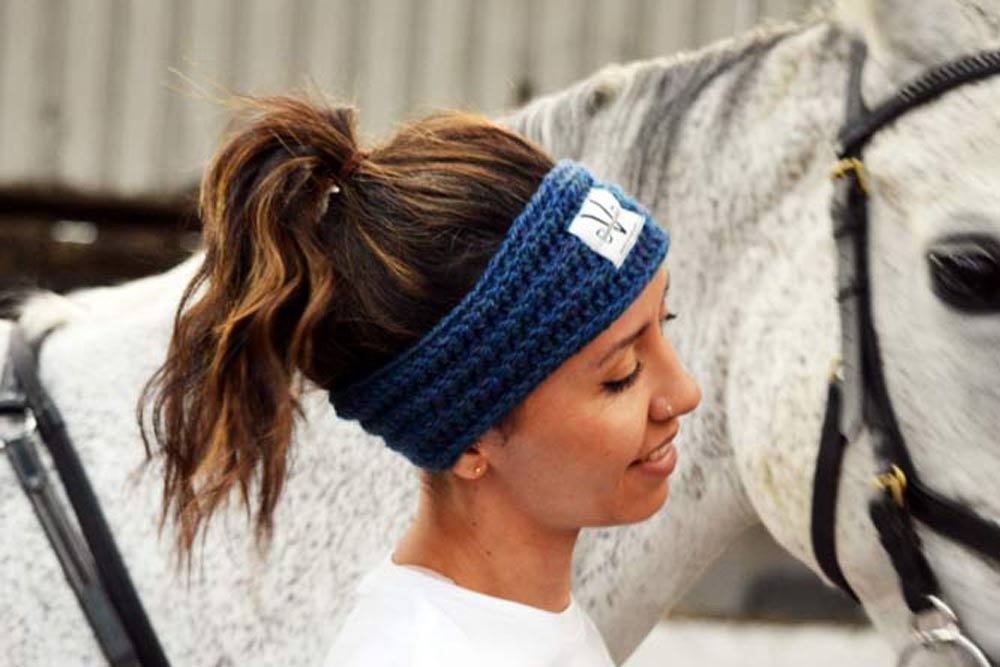


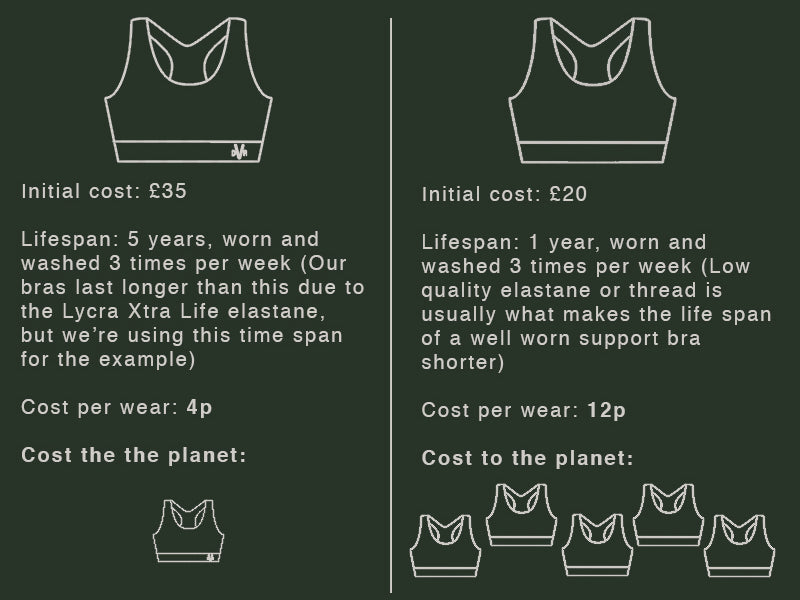
Leave a comment